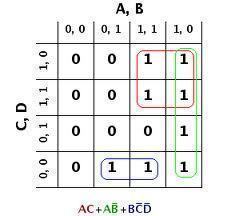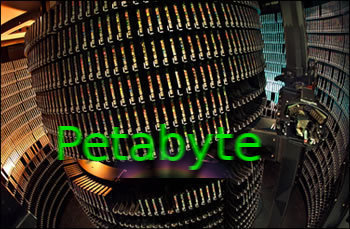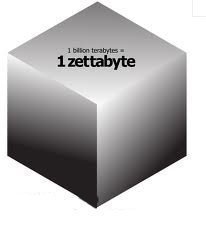A Karnaugh map is a graphical method or shortcut that can be used to solve Boolean algebra problems. Boolean algebra is used to conduct computations and create expressions from two values. This type of math creates the basis behind much of computer science and modern circuit card design today. Maurice Karnaugh created the current version of the Karnaugh map in the early 1950s to solve logic problems without having to use long computations.
What do Karnaugh Maps Do?
Karnaugh maps solve problems through pattern recognition, not computation. They shift the burden of complex logic problem solving from computational mathematics and rely on visual information in order to determine meaningful organizations. As a result, the human brain’s ability to recognize patterns is enhanced, and circuit designs can be accelerated via Karnaugh map use. Specifically, they are used to locate race hazards in design that result from timing issues, which can damage or compromise systems.
How is a Karnaugh Map Built?
Karnaugh maps are constructed from one or more rows and columns. These rows and columns display all of the possible combinations for a set of values. Karnaugh maps are typically constructed for six or less variables to keep the data at a level of complexity that people can read. Binary or Gray code notation in the table represent the values. The mapping is also referred to as a KV map or a Veitch diagram.
What are the Advantages of Karnaugh Maps?
The primary advantage of a Karnaugh map is the data representation’s simplicity. The map’s grid structure simplifies the arrangement of similar variables that can group and disperse like terms to identify and resolve potential issues in the design. Changes in neighboring variables are easily displayed, permitting the engineer to view cause and effect relationships. As a result, digital circuit and information theory industries still use Karnaugh maps today.



Vikash
It’s Too basic. I want to Implement this k-map in a computer hardware. How it’s working. I need technical answer